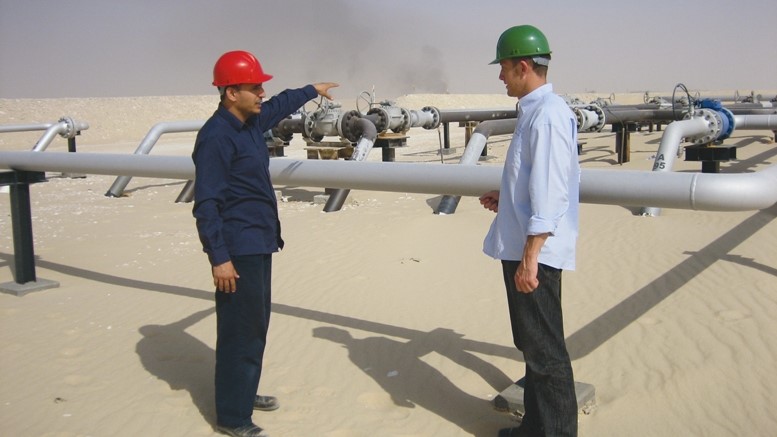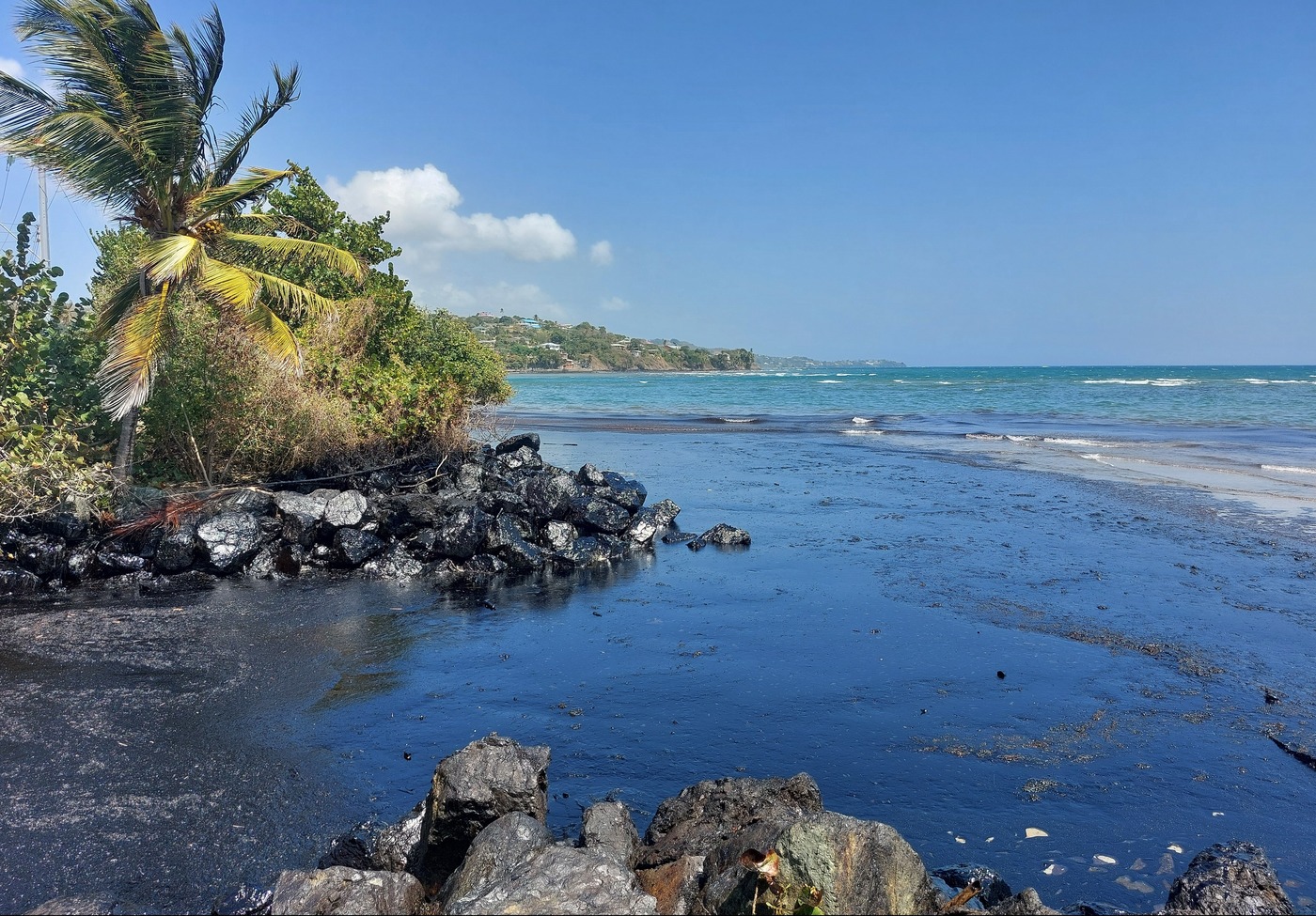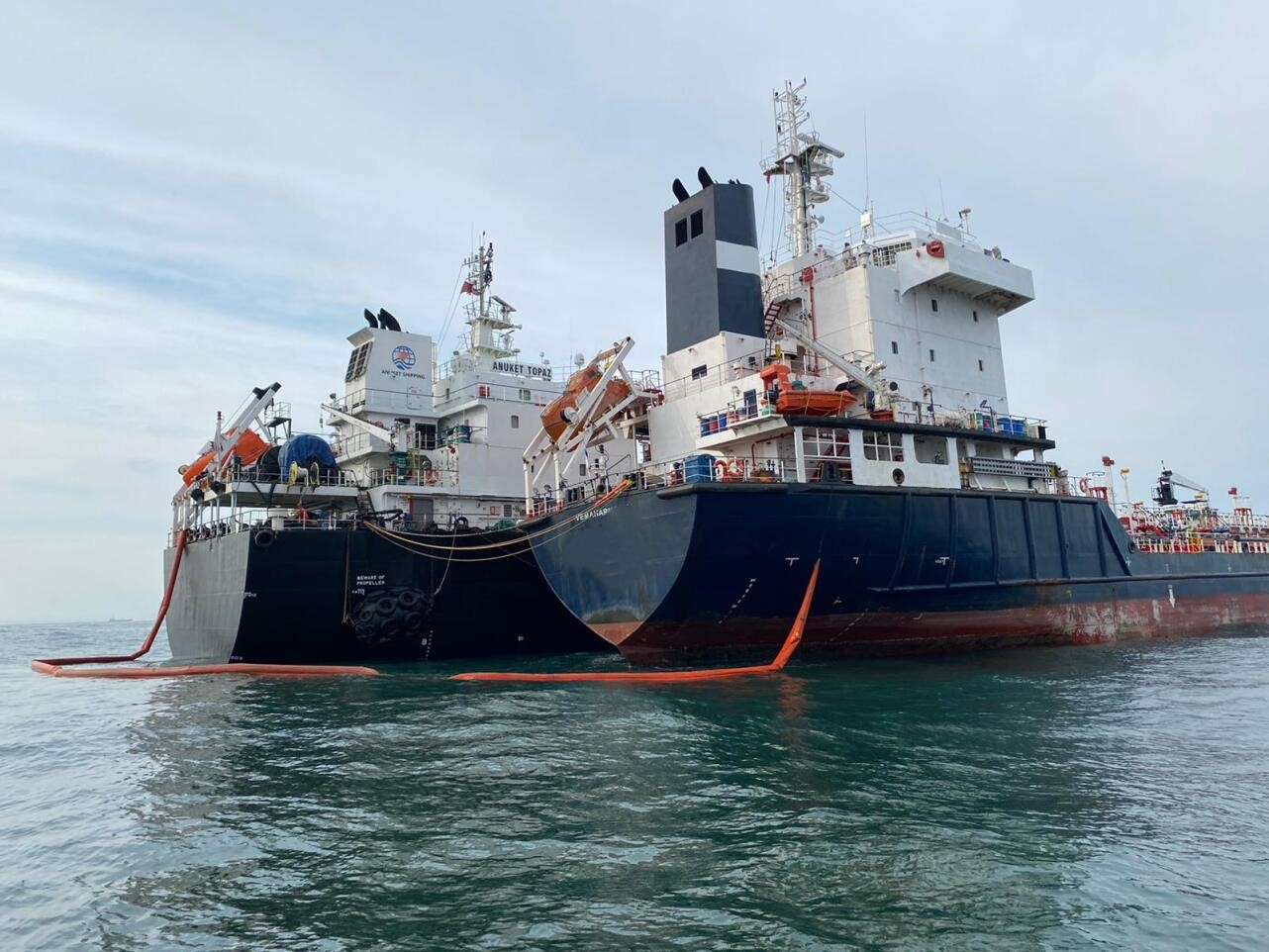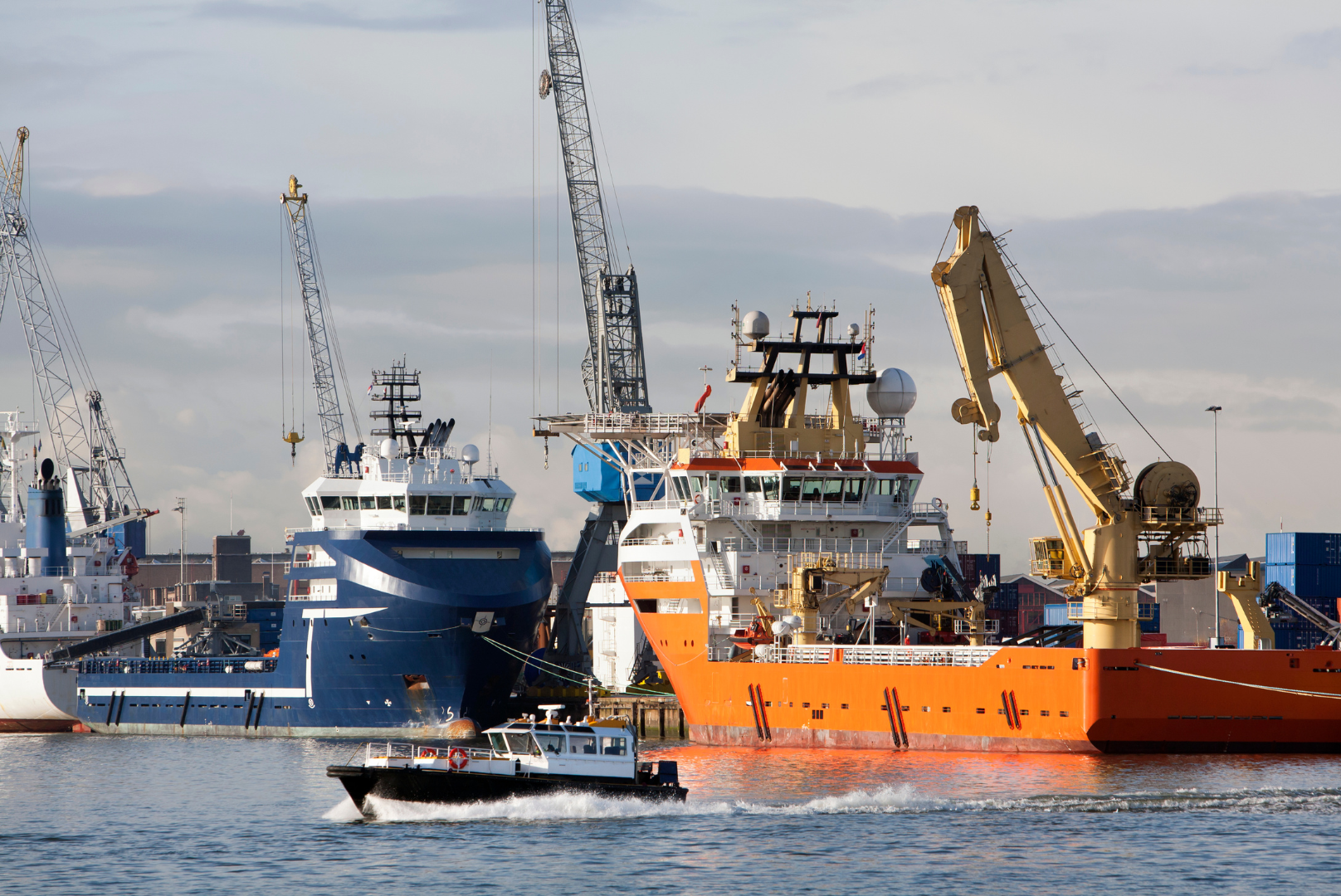What is a Capability Review?
A capability review forms part of the contingency planning process. It ensures that investment in oil spill capability meets the needs of the operations and is suitable for the risk level.
With a site visit and clear understanding of your operations, a capability review should ensure you get the most benefit from all your oil spill response resources. The review process includes the assessment of spill response plans, training programmes, as well as the availability and suitability of spill response services and equipment. The objective of the capability review is to identify potential gaps in preparedness and make recommendations for closing the gap and improving response capability.
The Review
There are many components to be considered when developing an in depth and robust oil spill preparedness and response capability. Each element of oil spill preparedness and response capability is reviewed based on risk reduction, legislation and the extensive practical experience of the reviewer.
A capability review can be conducted at any stage of an operation. A review should be carried out during a project initiation stage to ensure that all appropriate preparedness and response measures are in place from the outset. Alternatively, a review for mature projects is often beneficial too; reassessing risk and ensuring that all resources held are suitable to the potential oil spill scenarios, including an assessment of the worst case scenario.
Who should have a Capability Review?
A capability review can be undertaken for the following :
- a government or industry owned facility (e.g. refinery, well or production site)
- a government or industry owned asset operation (e.g. pipeline operations, vessel fleets)
- a government or industry owned port or harbour facility
- a state, province or particular geographical area
- a national government plan
- a country or business line industry operation (e.g. drilling and exploration, production unit)
- a corporate entity (e.g. oil spill response programme)
Checklist
Depending on the type of capability review undertaken, a checklist method can be used to review oil spill capability, including:
- Legislation, regulations and agreements
- Oil spill contingency plan
- Response coordination
- Operational response
- Oil spill tracking and visualisation
- Logistics
- Training and exercises
Checklists should be tailored for specific operational needs, and should also be based on industry good practice RETOS checklists. A good point of reference is the Ready Check Tool.
Site Visit
Once a site visit has been conducted, recommendations should be made for improving oil spill preparedness and response. A level of priority is assigned to each recommendation, to help determine which to address first. Timeframes and implementation methods will also be suggested to assist in the closing of gaps.
Summary
The capability review process is client specific and tailored to suit specific needs. The focus of a review can range from a specific area of response, such as equipment needs, or cover the entire range of preparedness activities, such as the recommendation of a training and exercise programme. A capability review should ensure needs are met in line with specific operations.
Are you prepared to respond?
Assess your level of preparedness to respond to an oil spill incident with our Ready Check Tool.







